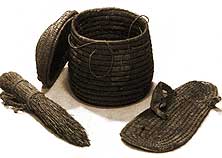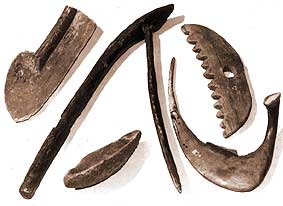 |
Kahun
(Sesostris-is-content)
|
Discovered and Excavated
by Flinders Petrie in 1889, Kahun was built by Sesostris
II to house the workforce (Craftsmen and their families, priests
and officials) needed to build his pyramid (located less than
a mile away) as well as the temple associated with the pyramid
(it has been suggested that the town was probably not only built
for this purpose - it is too large). Located at the Fayium, it
was the first example of an ancient Egyptian town to be discovered
(others now include - Amarna
and Deir el-Medina), interestingly the town seems to have been
deserted in a hurry - possessions have been left behind, famous
hieratic papyri (literary, mathematical, medical, veterinary,
legal and administrative) were found there.
Map
and buildings of Kahun:
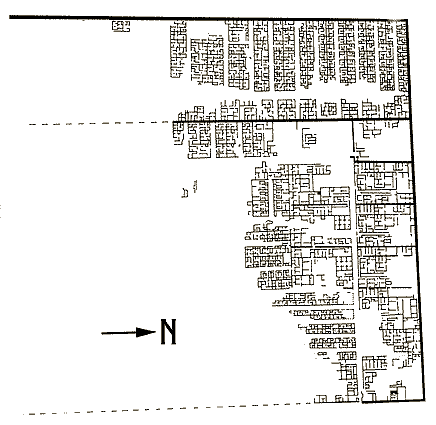 |
 |
Workman's
dwelling |
 |
|
 |
|
 |
|
 |
Mansion |
|
It has been estimated
that the town could have held 5,000 people (Badawy in Egyptian
Architecture volume II). Petrie had declared when he had finished
his excavations that he had found 2145 rooms and thought he had
cleared three quarters of the city (estimating the total amount
of rooms to be around 2700). However he had found only two-thirds
of the rooms, Kahun was larger than he expected.
Objects found
at Kahun:
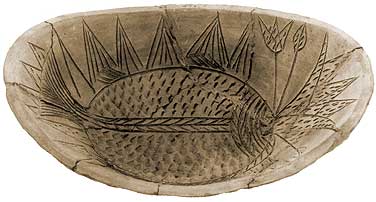 |
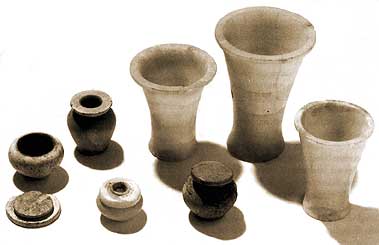 |
|
Dishes made from red pottery,
probably used for serving food |
Cosmetic
jars from a craftsman's house |







